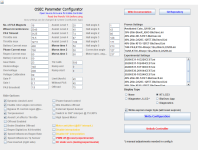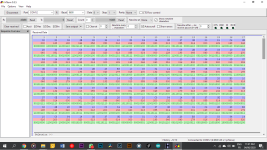Black6spdZ
1 W
took the bike out for it's maiden voyage today. first off I'm a little confused on some values.. I have the Current cal a set to 50 "18-fet 72v controller" but the actual current was only about 8a with the max current set to 45 in bluosec < is this just a 0-255 value used to calculate actual? so I bumped max current to 180 and then was seeing ~25a which felt better but not near the power i got from the old sunwin. Then I was riding along, hit a bump and lost power.. no problems with external connections so I pedaled home and popped top case off. one of the voltage regulator power resistors desoldered itself and fell out.. a 150 ohm. it was in series with a 180 ohm so figures it ran the hottest and fell out first. these look to be only 2w parts, should i just replace them both with a 5-10w 330 ohm or is there a better solution?




